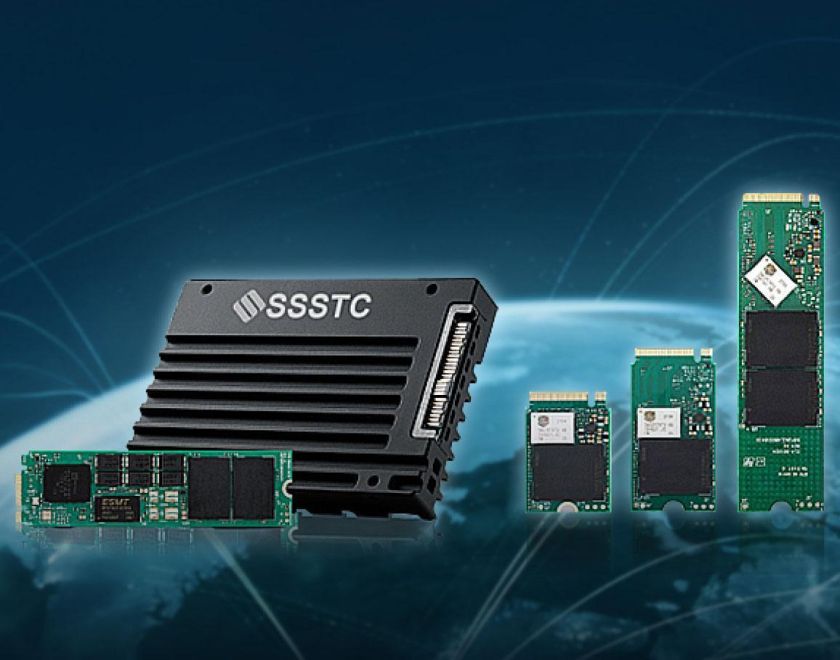
PLP - Power Loss Protection

Solid State Drives (SSDs) are essential components for high-performance storage solutions. Although SSDs utilize non-volatile solid-state technology, they may face data integrity risks during unexpected power outages or unstable power sources. To mitigate these risks, SSSTC’s comprehensive Power Loss Protection (PLP) technologies safeguard critical data, significantly enhancing SSD reliability and overall system resilience.
During operation, data, commands, and mapping tables are stored in temporary buffers to optimize latency and reduce NAND wear. However, because these buffers are volatile and rely on external power, they pose a risk during unexpected shutdowns. In a normal system shutdown, the host sends commands to the SSD’s controller to notify it of the impending power loss, giving the SSD time to complete current operations and commit data to non-volatile NAND flash. But if power is lost abruptly, buffered data may be lost, leading to errors, corruption, or device failure.
SSSTC Hardware PLP - TruePLP
(1) TruePLP is a Vital Mechanism for Safeguarding SSD Data during Unexpected Power Loss
The core of TruePLP lies in leveraging high-reliability capacitors to provide hold-up power, granting the SSD sufficient time during unexpected outages to prioritize data protection. This ensures that in-flight data residing in volatile memory can be safely flushed to NAND flash. Additionally, key system metadata—such as mapping tables, event logs, and configuration data—temporarily stored in buffers are also committed to NAND before shutdown. In short, TruePLP safeguards both user data and system integrity, maintaining reliable SSD functionality even under power failure conditions.
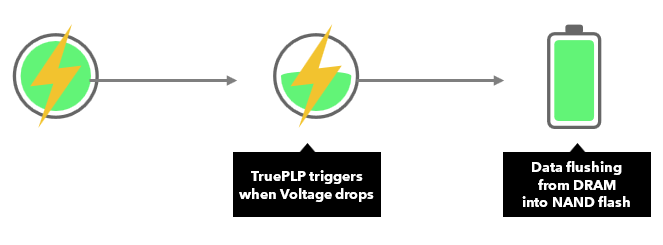
(2) TruePLP Maintains Power during Outages to Enable Complete Data Transfer
TruePLP features intelligent power management by integrating a voltage detector within the power management integrated circuit (PMIC), ensuring a more efficient and stable power supply. This guarantees the timely activation of TruePLP during power outages or voltage instability to protect your data. It works through continuously monitoring of the host power supply’s voltage level via the integrated voltage detector. When the voltage drops below a defined threshold, power is automatically switched to backup capacitors. This provides ample power for the SSD to complete write operations and flush buffered data into non-volatile NAND flash. Intelligent power management ensures that PLP is activated in time to safeguard data during unstable voltage conditions or sudden outages.
Key Features of TruePLP
(1) SSDs designed with SSSTC’s TruePLP come with ample backup capacitors to supply power to safeguard against data loss, even in the most severe power failure scenarios.
(2) The health of these capacitors is recorded in the SSD’s S.M.A.R.T. attributes. If any abnormalities are detected, users can promptly assess the situation through the reported values. These attributes can also be monitored during operation to identify significant changes and enable immediate feedback.
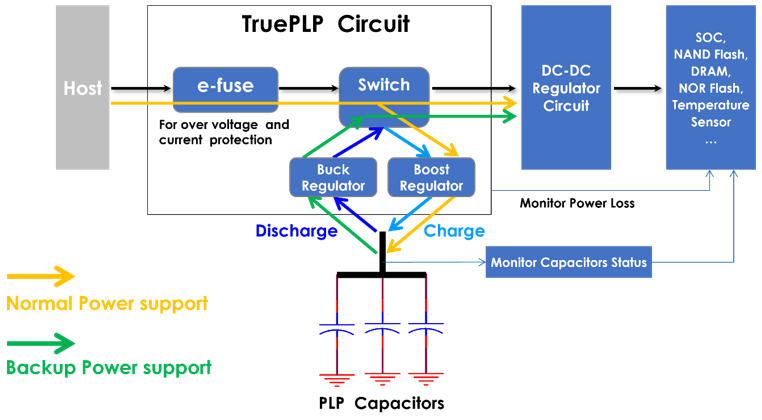
- Under normal power supply conditions, capacitors act as energy storage units, charging via the host's power supply.
- If the host's power supply is unexpectedly cut off, the charged capacitors serve as a backup power source for the SSD.
- Once the voltage drops below a threshold, intelligent power management automatically switches the power source to the backup capacitors.
- The SSD controller issues commands to flush buffered data to NAND Flash.
- After completion, the SSD shuts down gracefully.
- Upon system restart, the mapping table in NAND flash is detected and used to resume normal operation.
When budget allows, adopting the TruePLP solution—which integrates both firmware and hardware—is the optimal choice, especially for enterprise-grade workloads involving heavy I/O or frequent large-file write operations. Products like the ER2, ER3, and PJ1 series feature TruePLP technology.
SSSTC Firmware PLP
Firmware PLP is a technology that implements power loss protection method through firmware design. This PLP designs effectively prevents drive damage and offers lower hardware costs as it eliminates the need for additional capacitors.
By employing firmware algorithms, Firmware PLP can, upon the next power-on after an unexpected power loss, reconstruct the mapping table to the greatest extent possible. This helps minimize the risk of losing access to previously written NAND data due to power interruptions. However, Firmware PLP cannot effectively protect in-flight data that have not yet been written to NAND. Therefore, when selecting SSDs equipped with Firmware PLP technology, it is particularly important to consider the supplier's firmware design capabilities and technical maturity.

SSSTC has cultivated deep expertise in the SSD industry over many years, possessing a professional in-house R&D team and comprehensive self-developed firmware technology. This enables the delivery of highly flexible solutions tailored to customer requirements, meeting the dual demands of cost-effectiveness and data integrity across various industries. Choosing SSSTC's mature and stable Firmware PLP technology can effectively enhance the security and reliability of storage systems, even under budget constraints.
All SSSTC industrial-grade SSDs come with built-in Firmware PLP, making them ideal for embedded systems and cost-sensitive applications.
SSSTC PLN(Power Loss Notification)
SSSTC's Power Loss Notification is an efficient and cost-effective power loss protection solution, particularly well-suited for system environments capable of providing advance warning of power outages.
PLN allows the host to send a power loss warning signal to the SSD via the PCIe interface when a power failure is imminent. Upon receiving this signal, the SSD immediately initiates internal data protection processes, such as flushing the cache, updating the mapping table, and completing pending write commands, thereby maximizing data integrity before the power loss occurs.
How PLN Works
(1)Warning Signal Transmission: When the host detects an impending power loss (e.g., a low UPS battery or power anomaly), it sends a power loss warning signal to the SSD through a specific pin on the PCIe interface (such as the PLN# Pin on M.2 PCIe).
(2)SSD Response: Upon receiving the warning signal, the SSD promptly executes the following actions:
- Flushes cached data to NAND Flash.
- Updates the mapping table and critical system metadata.
- Completes all pending write commands.
(3)Safe Shutdown: After completing these operations, the SSD powers down safely.

By utilizing the power loss warning signal sent by the host, the SSD can complete essential data protection operations before power is fully loss, reducing the risk of data loss. When sufficient warning time is available, PLN can deliver protection comparable to Hardware PLP— without the need for additional capacitors—thereby lowering hardware costs. This makes PLN a cost-effective and highly reliable solution, especially well-suited for industrial automation, data centers, and automotive systems equipped with UPS or power monitoring capabilities.
SSSTC's PJ1 and CA8 series have implemented support for PLN technology, enabling rapid execution of data protection processes upon receiving warning signals from the host, ensuring data integrity.
HW PLP, FW PLP and PLN difference comparison
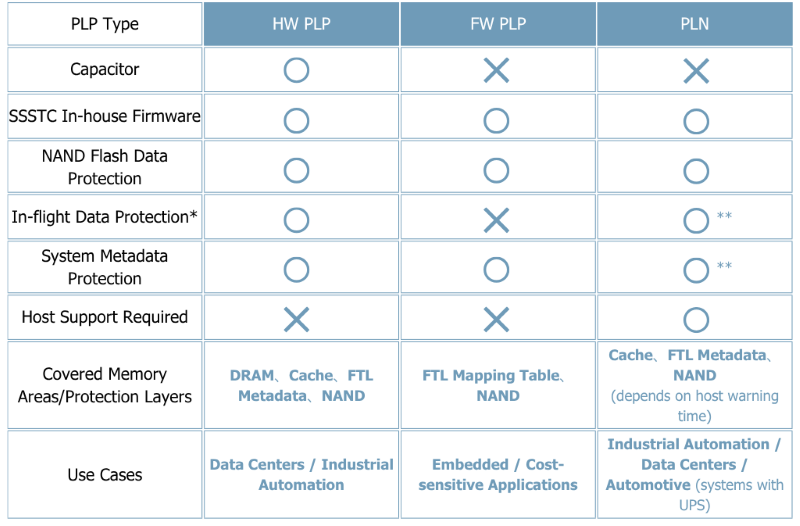
Legend:
O: Supported or available
X: Not supported or not available
Notes:
*In-flight Data refers to data transmitted from the host to the SSD and acknowledged (ACK), but not yet written to non-volatile memory (NAND flash). This data typically resides in temporary buffers—such as DRAM, SRAM, or embedded memory—depending on the SSD model in use.
**The ability of PLN to protect In-flight Data and System Metadata depends on whether the host provides sufficient advance warning time to complete the write operations.
Contact us to find more enterprise SSDs or industrial SSDs solutions.
NVMe™ SSD
960GB / 1600GB / 1920GB / 3200GB / 3840GB / 7680GB
NAND Flash: 3D TLC NAND Flash
Interface: PCIe® Gen4 x4
Sequential Read: UP to 6600 MB/s
Sequential Write: UP to 3500 MB/s
SATA SSD
240GB / 480GB / 960GB / 1920GB
NAND Flash: 3D TLC NAND Flash
Interface: SATA 3 (6Gb/s)
Sequential Read: UP to 520 MB/s
Sequential Write: UP to 520 MB/s
NVMe™ SSD
3840GB
NAND Flash: 3D TLC NAND Flash
Interface: PCIe® Gen5 x4
Sequential Read: UP to 14,000 MB/s
Sequential Write: UP to 7,500 MB/s
NVMe™ SSD
3200GB / 3840GB / 6400GB / 7680GB / 12800GB / 15360GB
NAND Flash: 3D TLC NAND Flash
Interface: PCIe® Gen5 x4
Sequential Read: UP to 14000 MB/s
Sequential Write: UP to 7500 MB/s
SATA SSD
120GB / 128GB / 256GB / 480GB / 512GB / 960GB / 1024GB / 2048GB
NAND Flash: 3D TLC NAND Flash
Interface: SATA 3 (6Gb/s)
Sequential Read: UP to 550 MB/s
Sequential Write: UP to 510 MB/s
NVMe™ SSD
1920GB / 3840GB / 7680GB
NAND Flash: 3D TLC NAND Flash
Interface: PCIe® Gen4 x4
Sequential Read: UP to 7,000 MB/s
Sequential Write: UP to 4,200 MB/s
NVMe™ SSD
960GB / 1920GB / 3840GB
NAND Flash: 3D TLC NAND Flash
Interface: PCIe® Gen4 x4
Sequential Read: UP to 6,000 MB/s
Sequential Write: UP to 2,400 MB/s
NVMe™ SSD
480GB / 960GB / 1920GB / 3200GB / 3840GB
NAND Flash: 3D TLC NAND Flash
Interface: PCIe® Gen4 x4
Sequential Read: UP to 6,000 MB/s
Sequential Write: UP to 2,400 MB/s
SATA SSD
240GB / 480GB / 960GB
NAND Flash: 3D TLC NAND Flash
Interface: SATA 3 (6Gb/s)
Sequential Read: UP to 520 MB/s
Sequential Write: UP to 520 MB/s
SATA SSD
3840GB
NAND Flash: 3D TLC NAND Flash
Interface: SATA 3 (6Gb/s)
Sequential Read: UP to 520 MB/s
Sequential Write: UP to 520 MB/s
SATA SSD
240GB / 480GB
NAND Flash: 3D TLC NAND Flash
Interface: SATA 3 (6Gb/s)
Sequential Read: UP to 520 MB/s
Sequential Write: UP to 520 MB/s
SATA SSD
240GB / 480GB / 960GB / 1920GB
NAND Flash: 3D TLC NAND Flash
Interface: SATA 3 (6Gb/s)
Sequential Read: UP to 550 MB/s
Sequential Write: UP to 450 MB/s










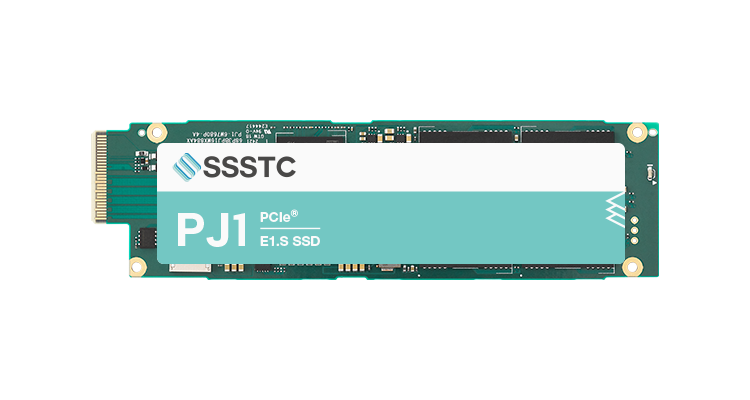
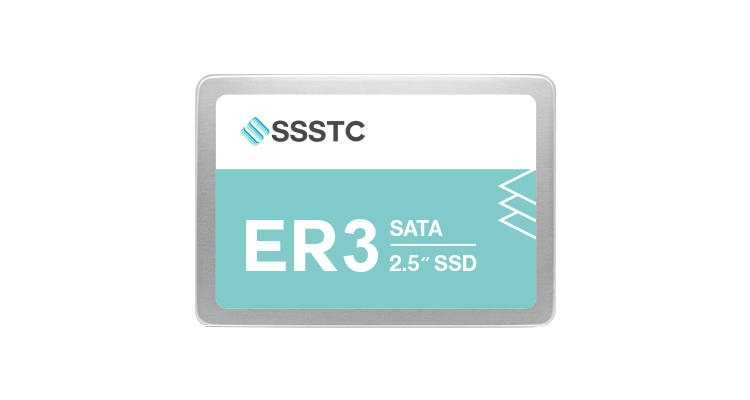
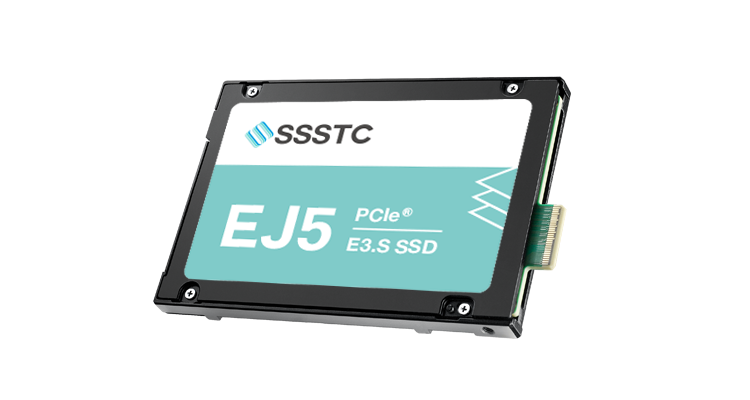
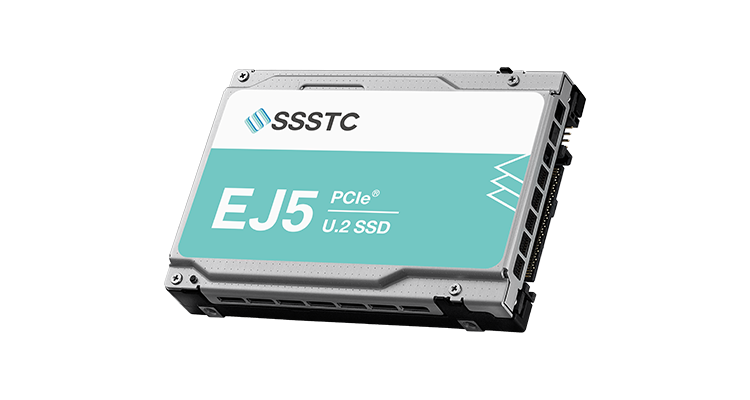

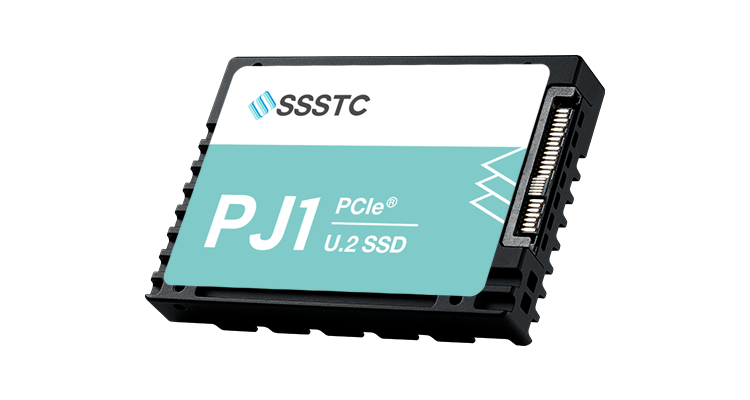
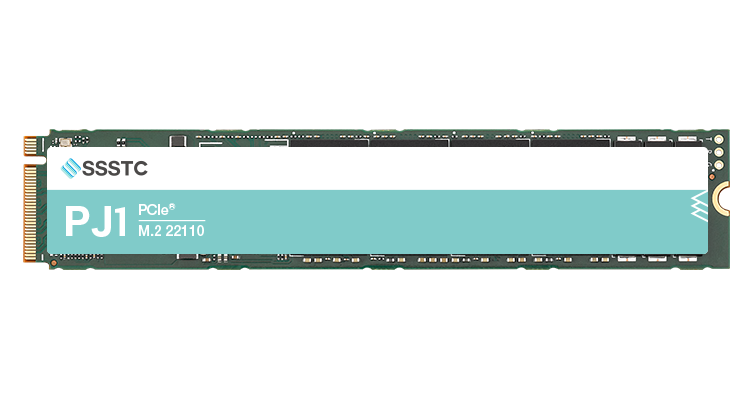
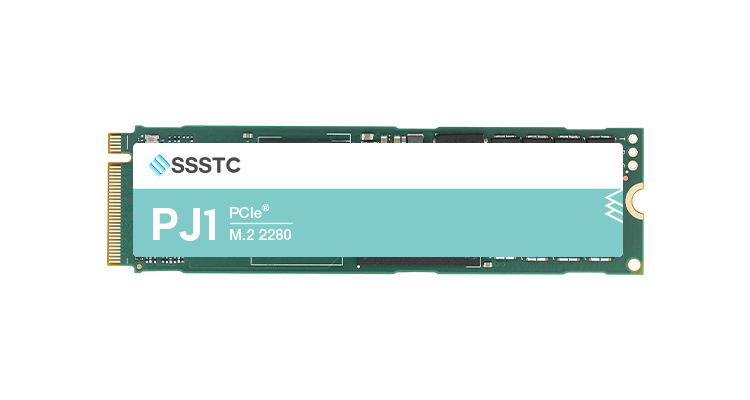
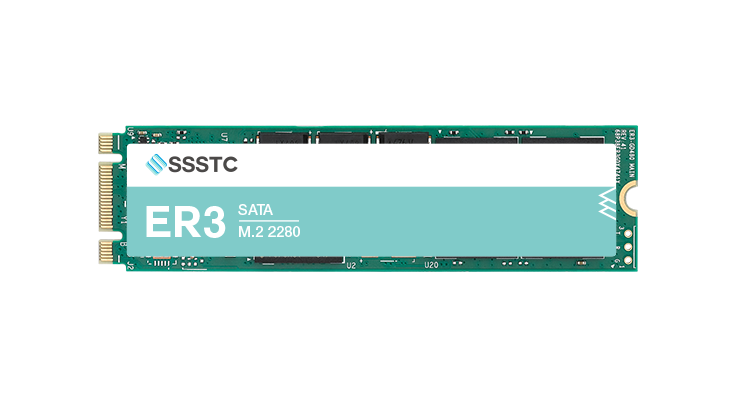
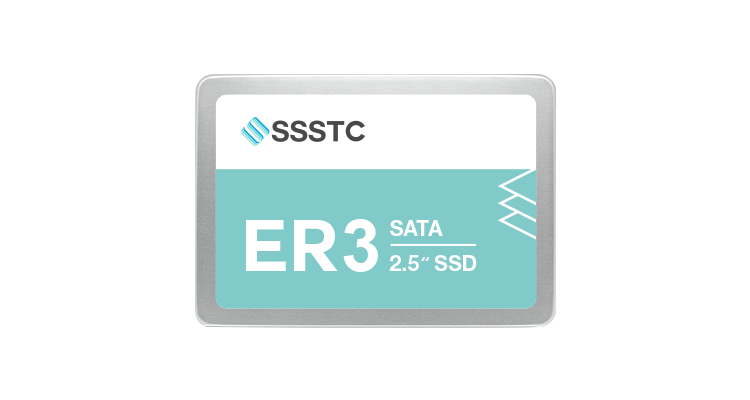
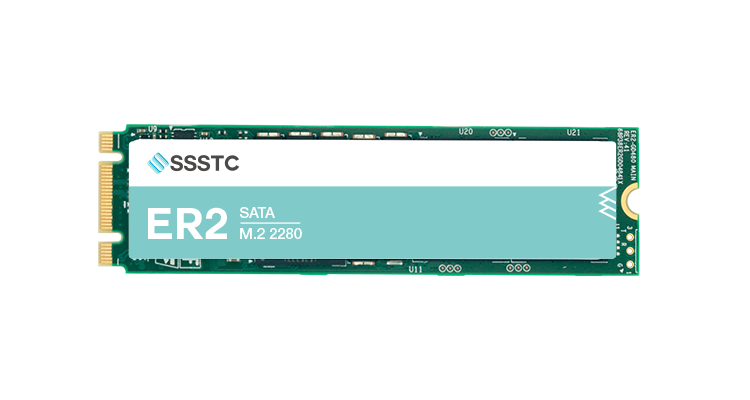
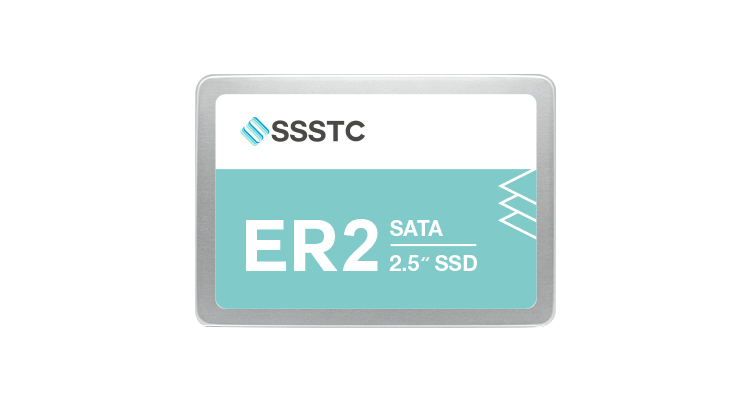
__24C15hqqtC.png)
__24C15wOdCC.png)

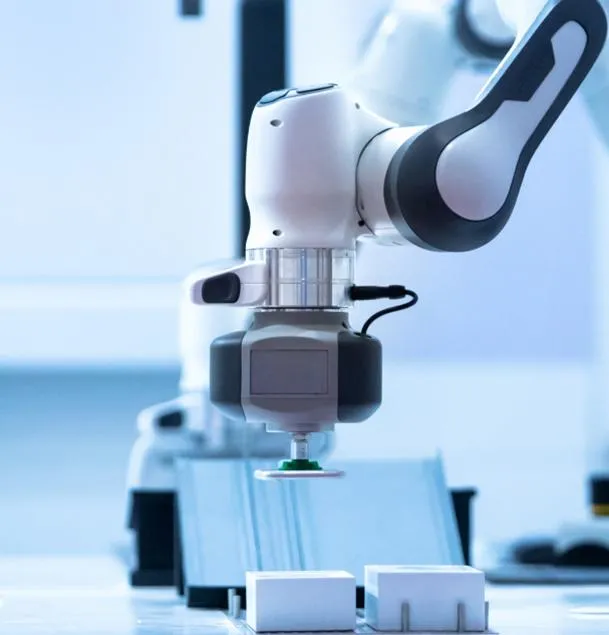







__24C05XQ2my.jpg)


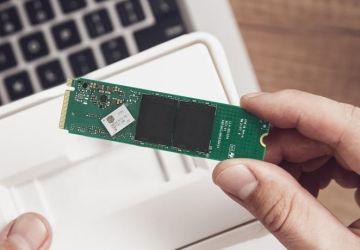



__24C05fplcZ.png)
__24C05vgHYC.png)
